There is only one natural filament of silk made by the silkworm, which is produced by caterpillars belonging to the Bombyx genus. In this article, I will describe history of silk discovery with geographical distribution. From cultivating mulberry trees for feed to propagating the domesticated silkworm, Bombyx mori, a single silk filament, is the result of a series of stages. Mulberry silkworm larvae, the larvae of the silk moth Bombyx mori, are the primary species used in commercial silk fiber production. As one of the most expensive textile fibers, silk is the queen of textiles. It comes from the silkworm’s cocoon and requires much handling and processing.
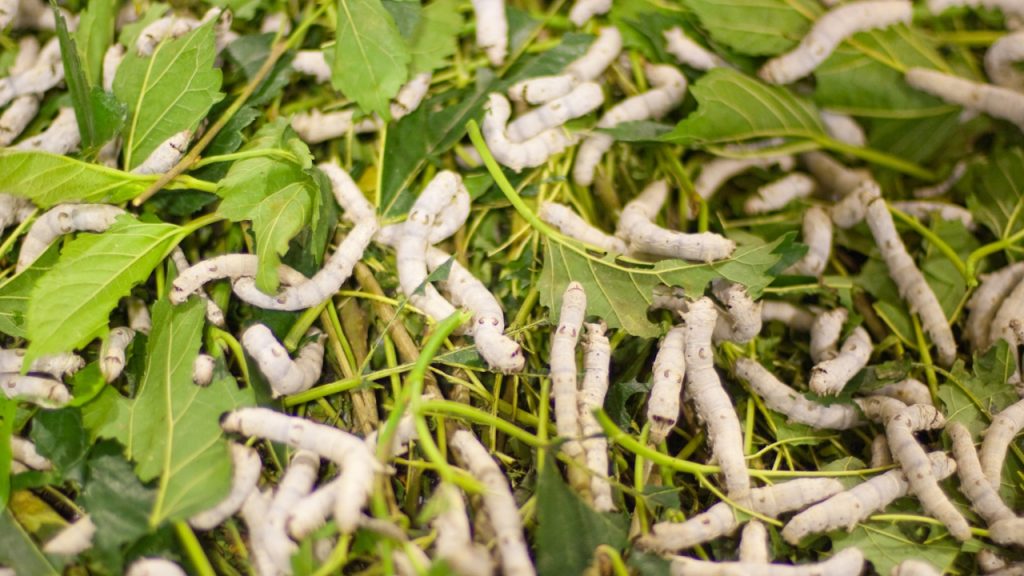
How Silk Was Discovered:
At first, silk was discovered by China. Silk’s discovery has an exciting story. As far back as the 27th century B.C., silk was accidentally discovered. It was reported that Empress Hsi Ling Shi had tea in her garden one day. A silkworm’s cocoon fell into her cup. Then the cocoon thread started to unroll as the silk worm attempted to get out of the cup. As a result, the Empress decided to weave the thread. The Yellow Emperor’s wife was encouraged to study the life of silkworms, which led her to learn the art of silkworm raising, or what is known as sericulture. As a result, her entourage was also taught, and thus the silk industry was born.
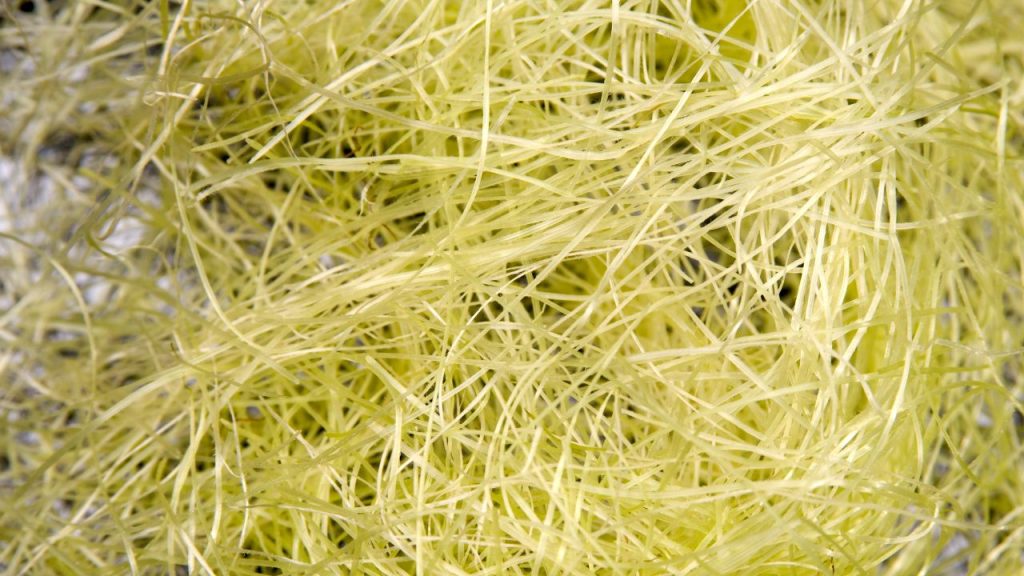
History of Silk Discovery:
According to Chinese legend, silk fiber culture began in 2640 BC when Empress Hsi Ling Shi discovered silk worms and learned how to reel the silk and weave it into the fabric. As a result of her efforts, China developed a silk industry and a 3000-year monopoly. Later, silk spread to Korea, Japan, India, Persia, then Spain, France, and Italy. Chinese fabrics were often unraveled and rewoven into looser fabrics in India to produce more yardage from the same amount of silk filament. In other countries, silk fabrics made in China were covered in textiles, but in India, fabrics produced in China were often unraveled and rewoven into looser fabrics.
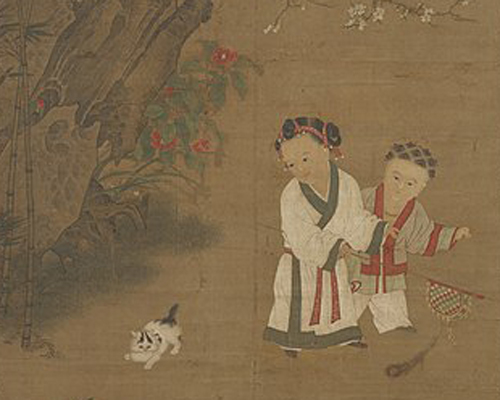
Chinese traders established the Silk Road in 130 BC to trade with Europe and the Middle East. A silk industry operates along its longitude, named the Silk Route. Silk trading enabled people living far from the silk industry to wear silk. When the Ottoman Empire closed it down, it was a route that remained operational for more than 15 centuries until 1453 A.D., By this time, many cultures had developed silk industries, including Medieval Europe. In around 200 BC, Chinese immigrants brought the silk weaving and making process to Korea, which led to Korea becoming a silk producer.
Its cultivation spread throughout the country, Although it is unclear how silk first reached Japan around the 4th century A.D. via the Korean peninsula. It has been claimed that it was brought there by four Chinese girls, while others claim that a Chinese man brought the cocoons with him when he arrived in the country. The fabric became extremely popular in Japan, from kimonos to book bindings for calligraphy to samurai inflatable cloaks to wall hangings. As a high-quality fabric, silk was widely regarded by the Japanese. They developed three types of silk – the Nisijin Ori, Chirimen and Tsumugi. The Japanese word for weight, ‘momme’, is used to measure the quality of silk today.
A Buddhist monk is credited with bringing the Chinese silk-reeling techniques to India during the the Gupta period (AD 400-600). In India, silk remains popular in sarees and regional traditional wear. It is believed he brought the eggs of the Bombyx mori silkworm to the country and established silk production. There are several silk types made on the Indian subcontinent, including Banarasi, Muga silk, Morus Alba, Tussar silk, Mysore silk, Chandri, Bhagalpuri silk, Paithani silk, Kanchipuram silk, Art silk and many others.
In the sixth century, silk production in Persia (Iran) began. Iranian weavers developed creative patterns over time and exported high-quality silk to other countries. When the Arabs conquered Persia in the seventh century, they captured its magnificent silk.
A pair of Nestorian monks arrived at the Byzantine Empire’s court in 550 AD. They smuggled silk-filled eggs along the Silk Road inside hollow bamboo staves they presented to Justinian. Monastics raised the eggs as larvae, which grew into silk cocoons and evolved into adult moths that were related to Byzantine silk-moths. Byzantine churches and states took silk production seriously and started empire silk manufacturing plants. To avoid competition, they also wanted to hide their sociocultural secrets. As the Ottoman Empire spread throughout Africa, Sicily, and Spain, so did sericulture. The Roman Empire had long used silk fabrics accessible through the silk road. 2,000 skilled silk weavers from Constantinople came to Italy during the Second Crusade, establishing a lucrative silk weaving industry. From the 1300s onwards, Europe’s silk industry took part in the successful silk trade after its factories were established.
The history of silk in France began in 1466 in Lyon. At that time, King Louis XI established the national silk industry. Two French merchants in Lyon were granted permission by the crown in the 1500s to build the silk trade. Silk cultivation spread and Lyon soon gained complete control of silk production.
Lyon became the center of the European silk trade by the 16th century, with a flourishing silk market emphasizing fashion. The silk produced by the European luxury textile industry moved away from original Eastern styles and started featuring their styles of embroidered silk landscapes.
Geographical Distribution of Silk Fiber:
Global silk production rose from around 100000 tones in 2000 to 150000 tones in 2006, thanks mainly to growth of China’s output. Major silk producing countries are:
- China(about 70% of the world’s silk)
- India
- Thailand
- North America
- United Kingdom
- Japan
- Italy
- France
- Former USSR
- Brazil
- Turkey
- Korea
Reference:
- Cook, J. G. (2005). Handbook of Textile Fibers. Delhi: WoodHead Publishing Limited.
- Corbman, B. P. (1987). Textile Fiber to Fabric. Singapore: McGraw Hill Book Co.
- Dr. Hosne Ara Begum, P. D. (n.d.). Natural fibers. Dhaka: Hafiz book center.
- Kadolph, S. J. (2006). Textiles. New Delhi: Pearson Education.

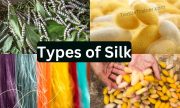

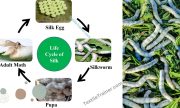

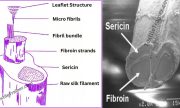

6 thoughts on “Intriguing History of Silk Discovery with Geographical Distribution”